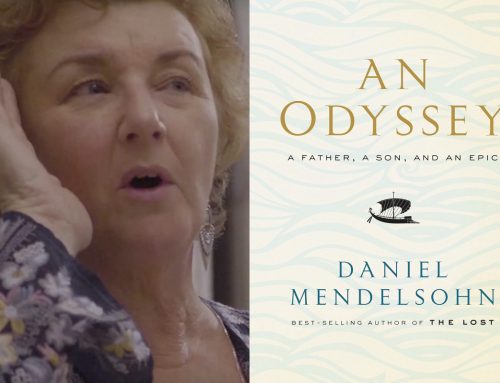Iconic literary food moments
Poets have immortalised food, particularly fruit, over the centuries, tantalising the senses at every turn. One thinks of Pablo Neruda’s Ode to Tomatoes, or Thomas Campion’s Cherry Ripe. For Holly Ringland’s edition, we have chosen D.H. Lawrence’s Figs, given it is a warmer climate tree, and because it reminds us that, at the heart of all existence, lies desire and passion.
The stanzas below are a small extract from D.H. Lawrence’s full poem, a quick reading of which will confirm why this man of letters was considered one of the most risque writers of his time.
The proper way to eat a fig, in society
Is to split it in four, holding it by the stump,
And open it, so that it is a glittering, rosy, moist,
honied, heavy-petalled four-petalled flower.Then you throw away the skin
Which is just like a four-sepalled calyx,
After you have taken off the blossom, with your lips.But the vulgar way
Is just to put your mouth to the crack and take out the flesh in one bite.
Every fruit has its secret.
The recipe below is one of Kate’s signature dishes – a breeze to conjure and transcendental in the eating. It is lovely as an hors d’oeuvre or as a ladies’ lunch on a bed of rocket sprinkled with goats cheese. Enjoy.
Ingredients
Method
Heat a griddle or frypan to medium hot.
Halve the figs
Wrap the fig halves in proscuitto.
Place in pan and drizzle with honey and turn until figs are just soft.
Serve warm.
Image Credit: The British Library






